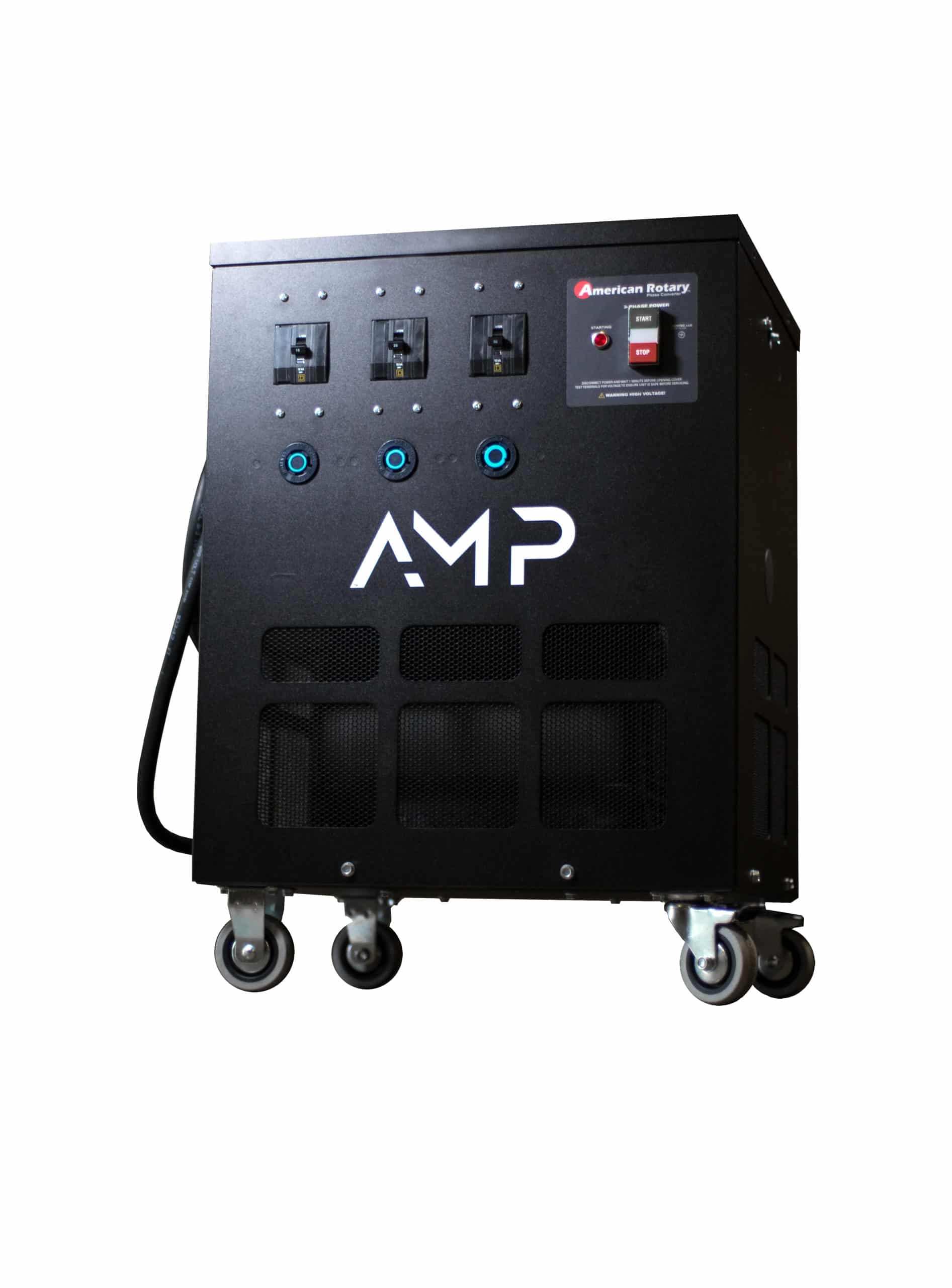- Joined
- Jun 8, 2016
- Messages
- 603
Im in the planing stages of a new shop building at home, just for home hobby use. I currently have a RFC built around a 5hp 3ph idler, it is not balanced just simple direct wired. I built it because at the time I owned 2 lathes, a 16" Southbend and a 12" Logan. I have since sold the Southbend, so the phase converter only runs the Logan, my mill is single phase. In planning for the new building, I'm playing with layout and am considering going to a VFD for the Logan to save the space now used for the converter.
Right now the only advantage I see of switching to a VFD is the space savings, but that is a really big advantage in my mind. The Logan has the Reeves drive as well as a 2-speed motor, so speed adjustments are not an issue. I have infinite speed adjustment from around 20-2000rpm. If I swap to the VFD I would only program it to run on 60hz and either have it on or off, not using the VFD for speed adjustments.
I'm leaning toward switching and keeping the idler motor 'just in case' I run across any good deals on 3phase equipment I can't pass up. Have I missed anything? Is there any reason to not do this?
Right now the only advantage I see of switching to a VFD is the space savings, but that is a really big advantage in my mind. The Logan has the Reeves drive as well as a 2-speed motor, so speed adjustments are not an issue. I have infinite speed adjustment from around 20-2000rpm. If I swap to the VFD I would only program it to run on 60hz and either have it on or off, not using the VFD for speed adjustments.
I'm leaning toward switching and keeping the idler motor 'just in case' I run across any good deals on 3phase equipment I can't pass up. Have I missed anything? Is there any reason to not do this?



